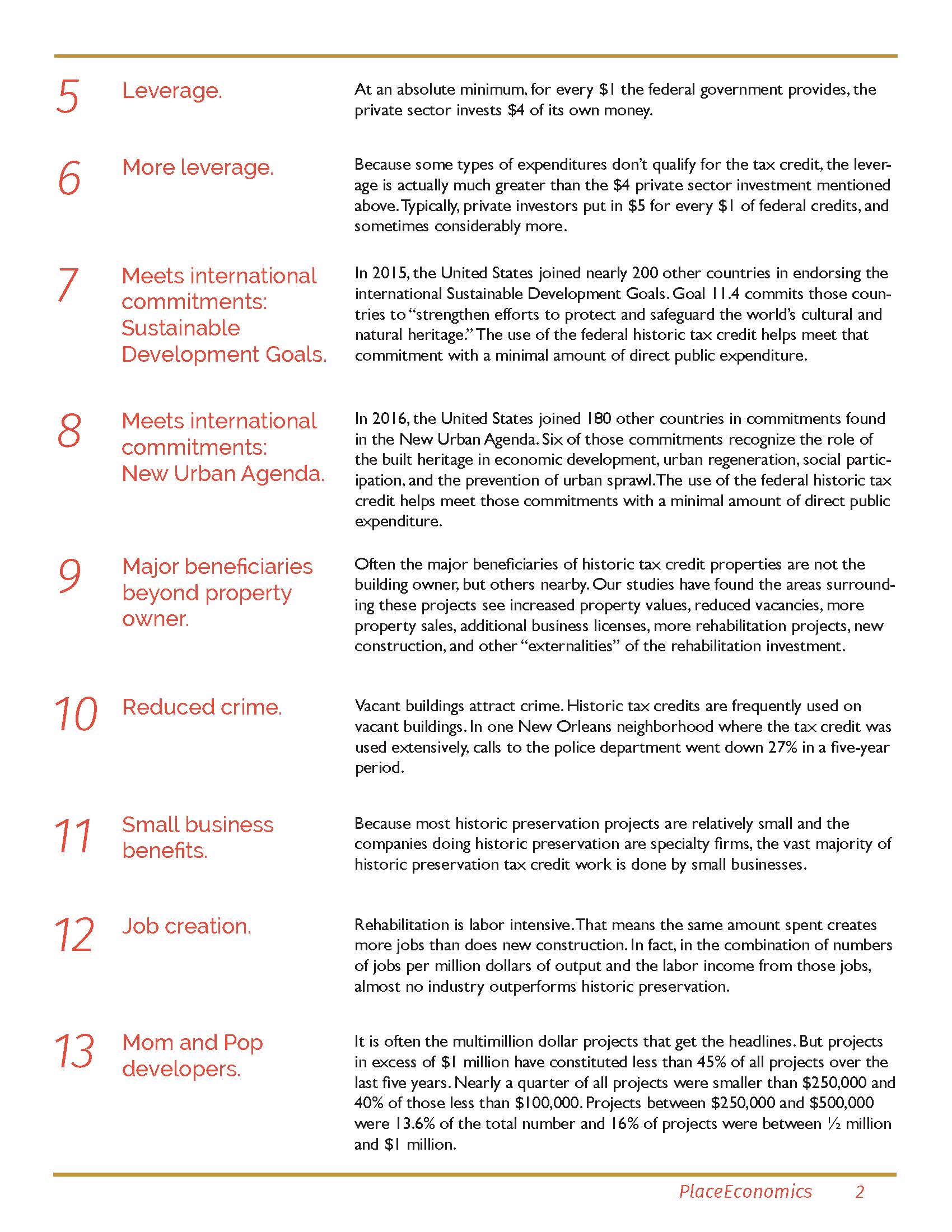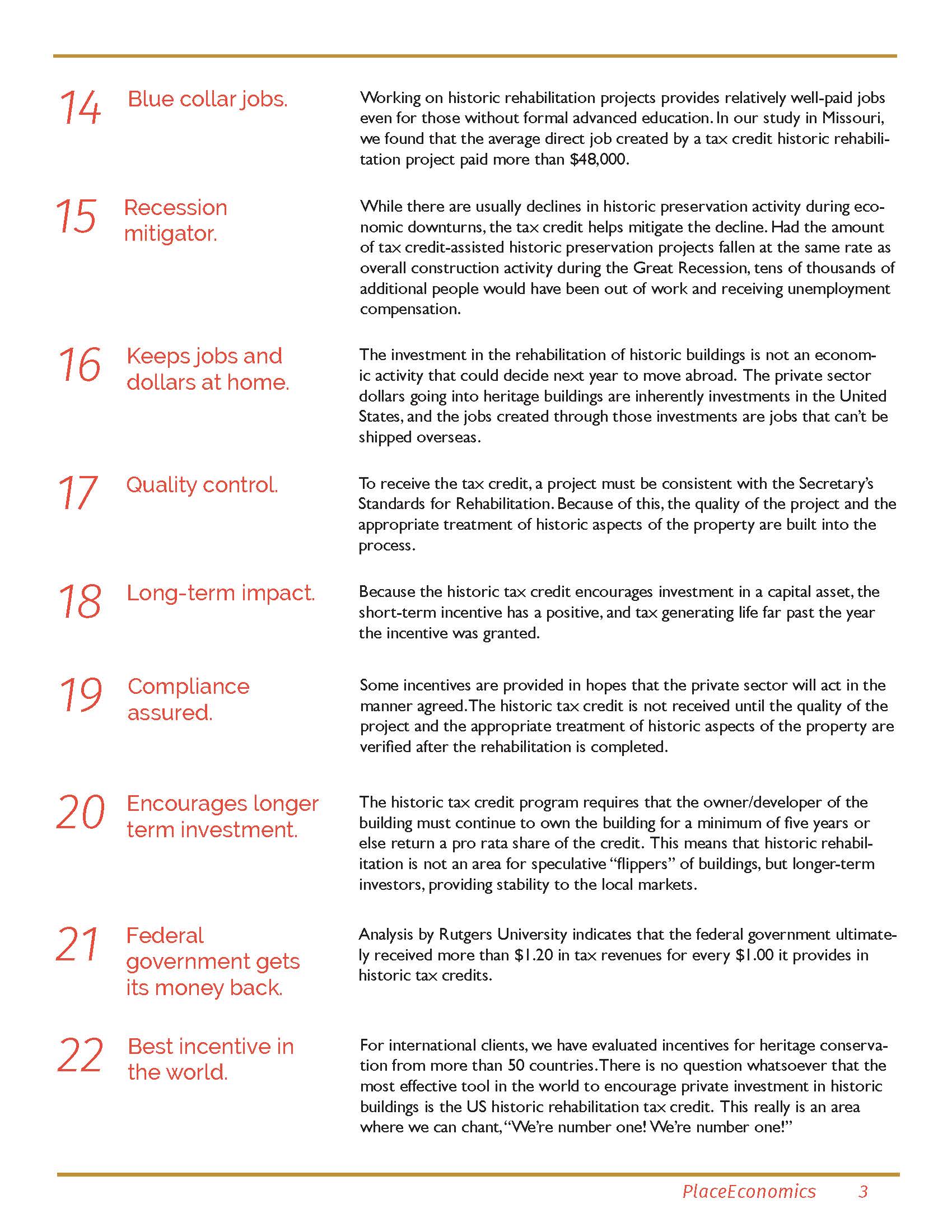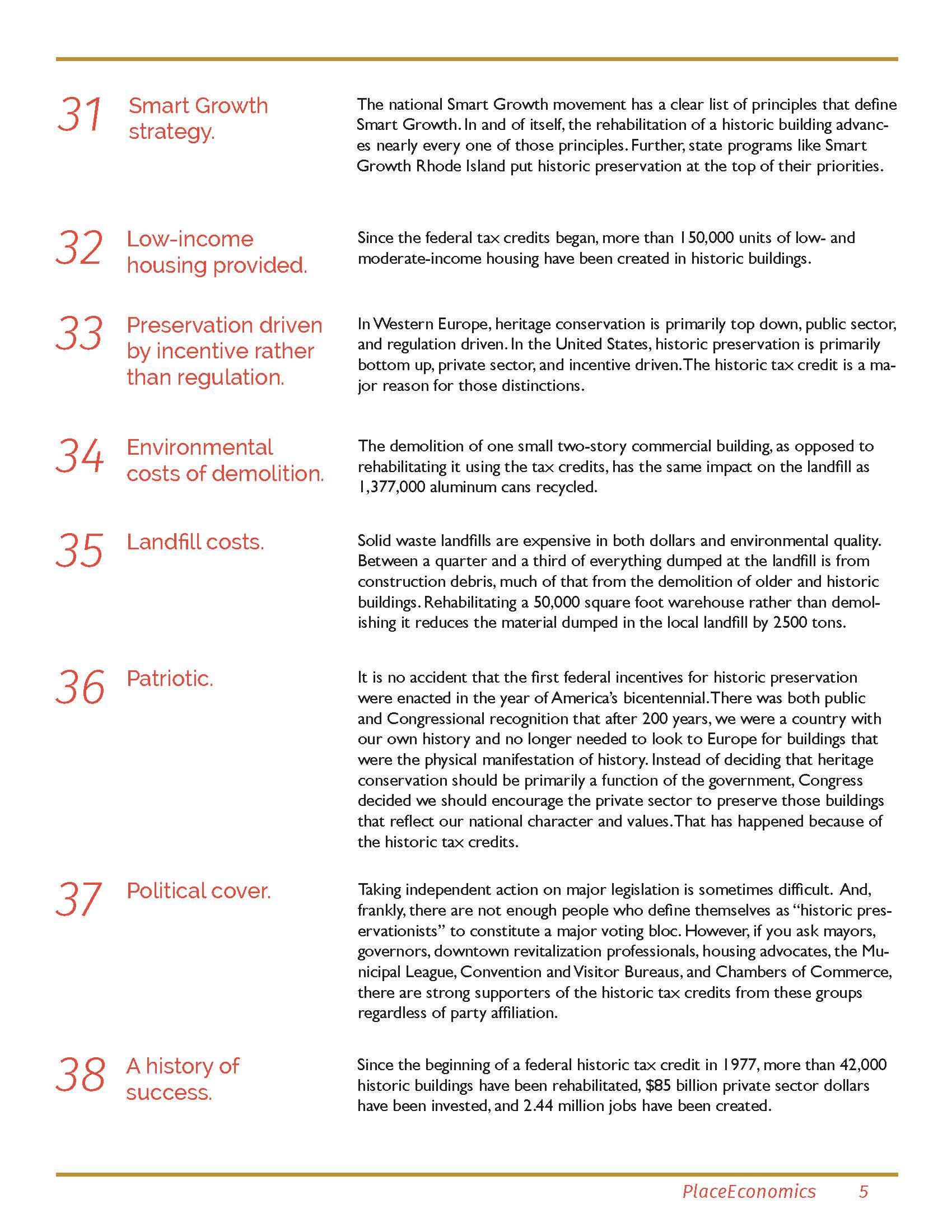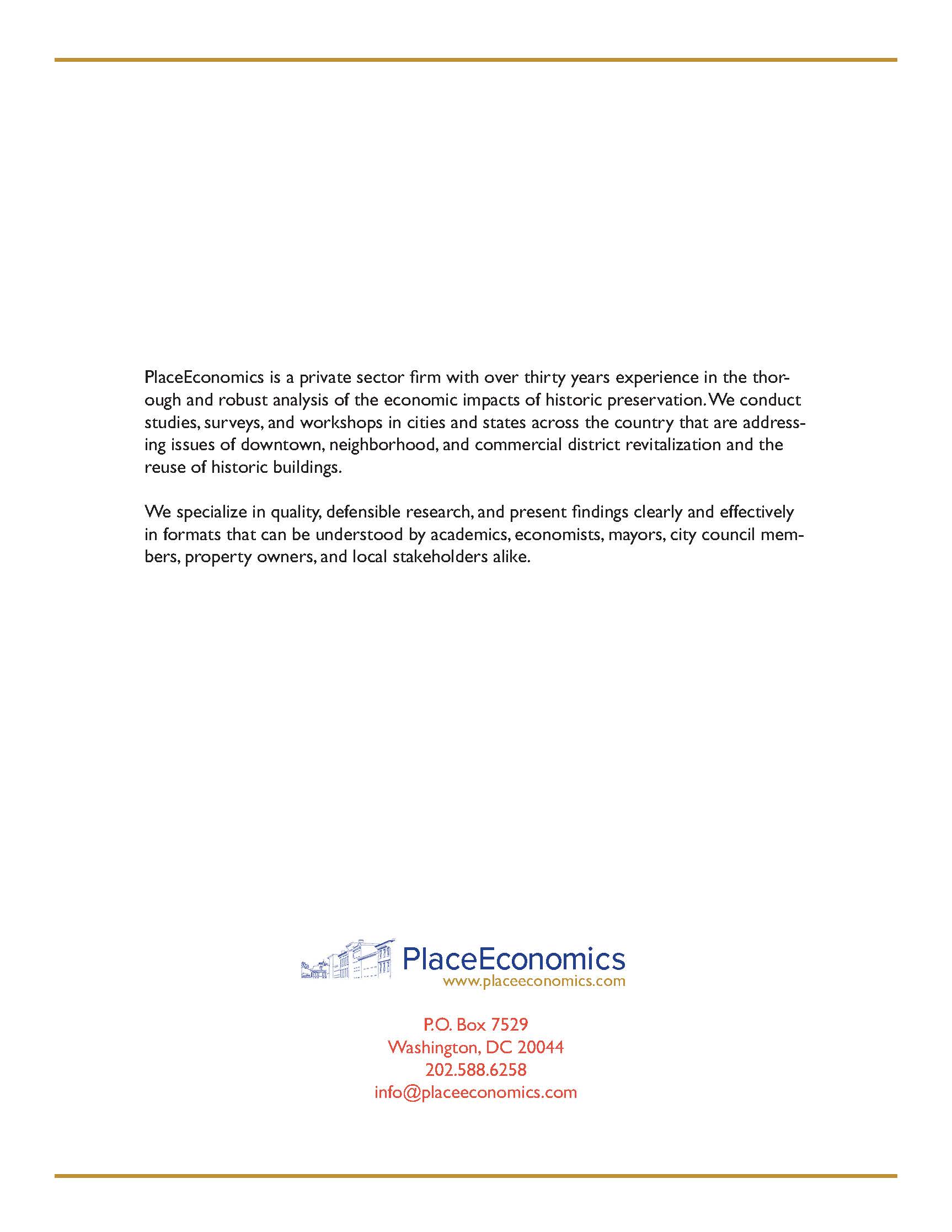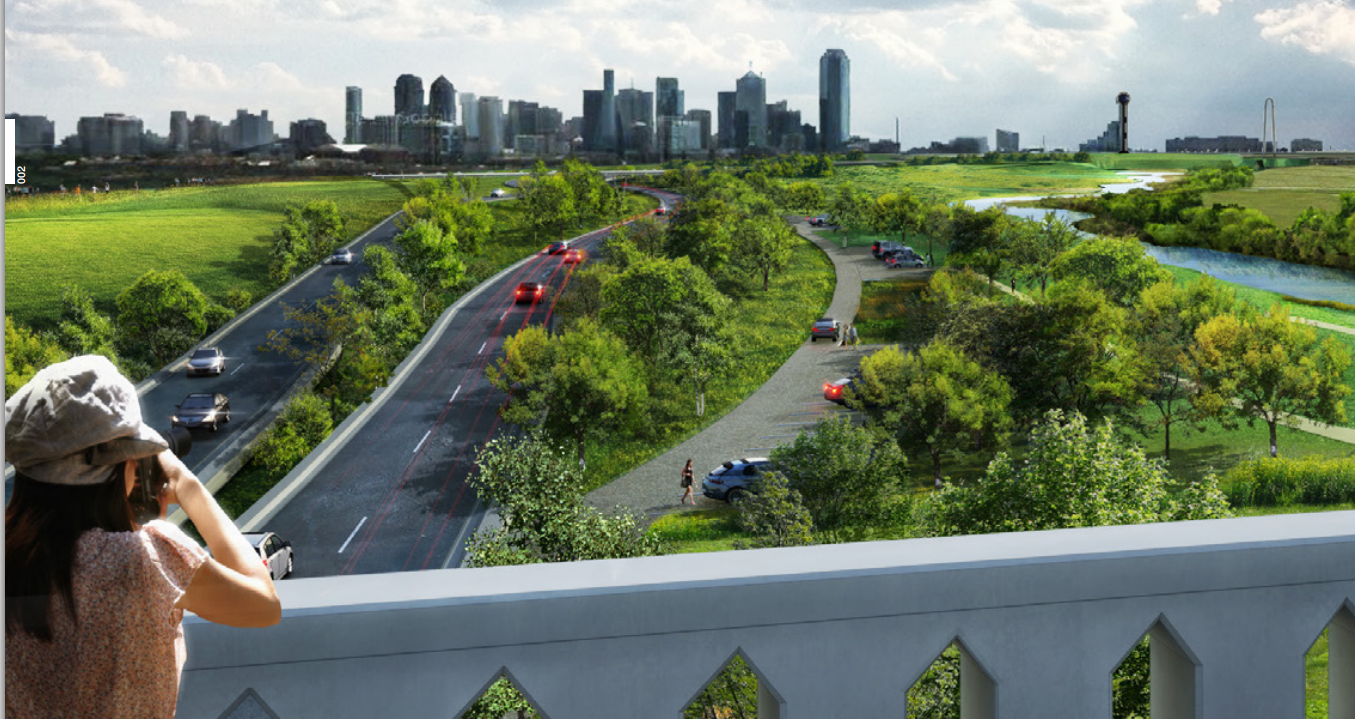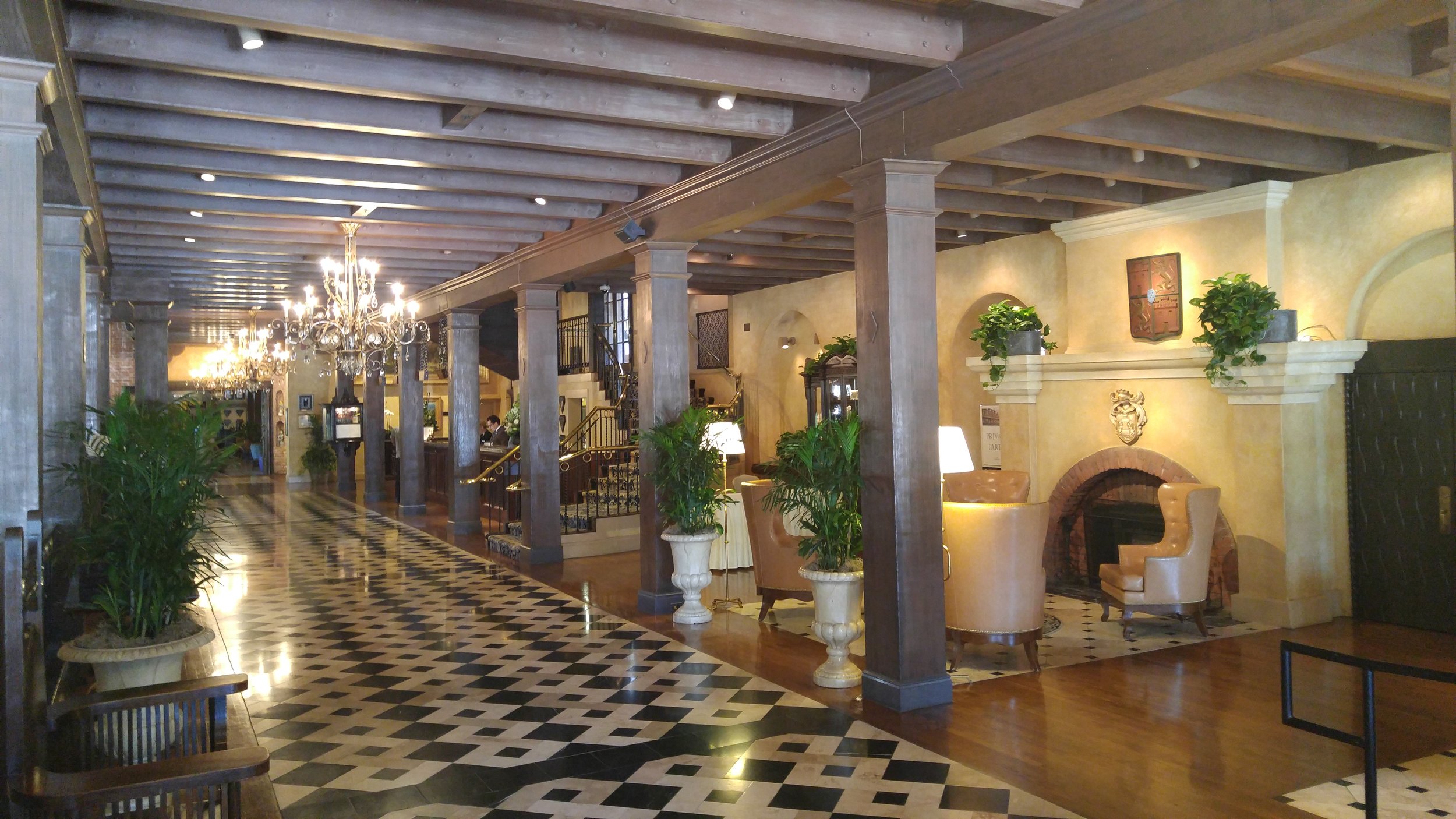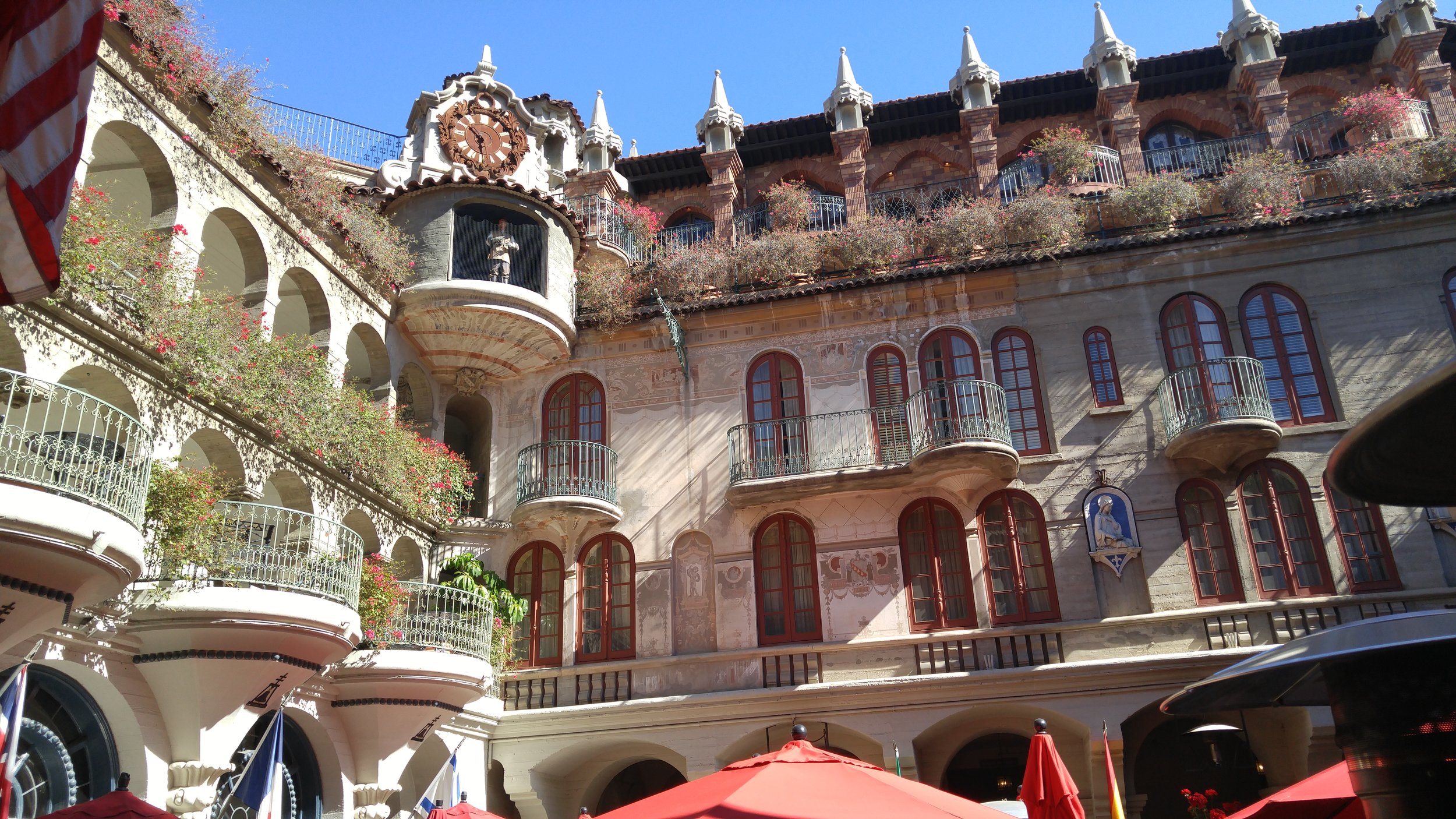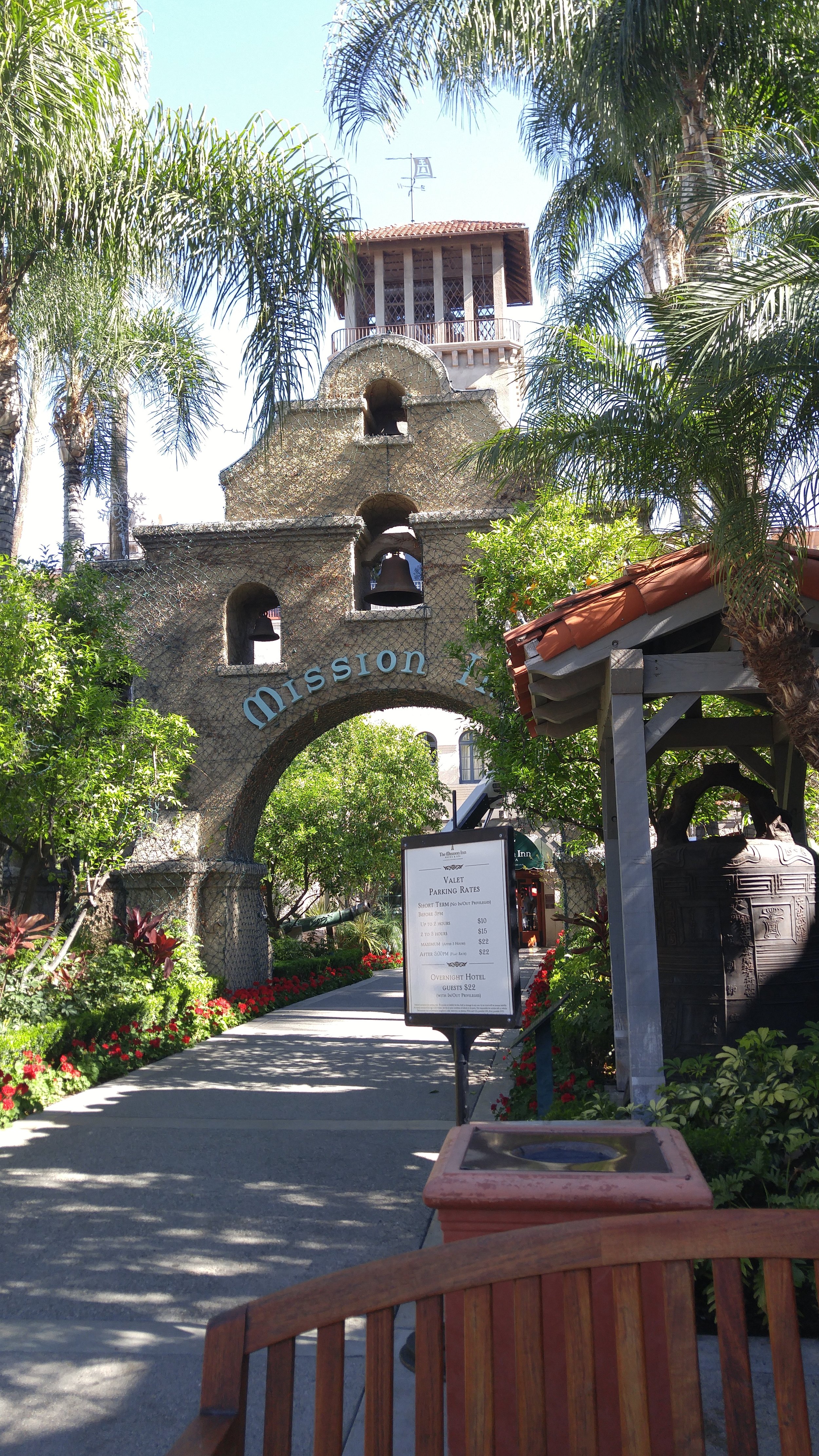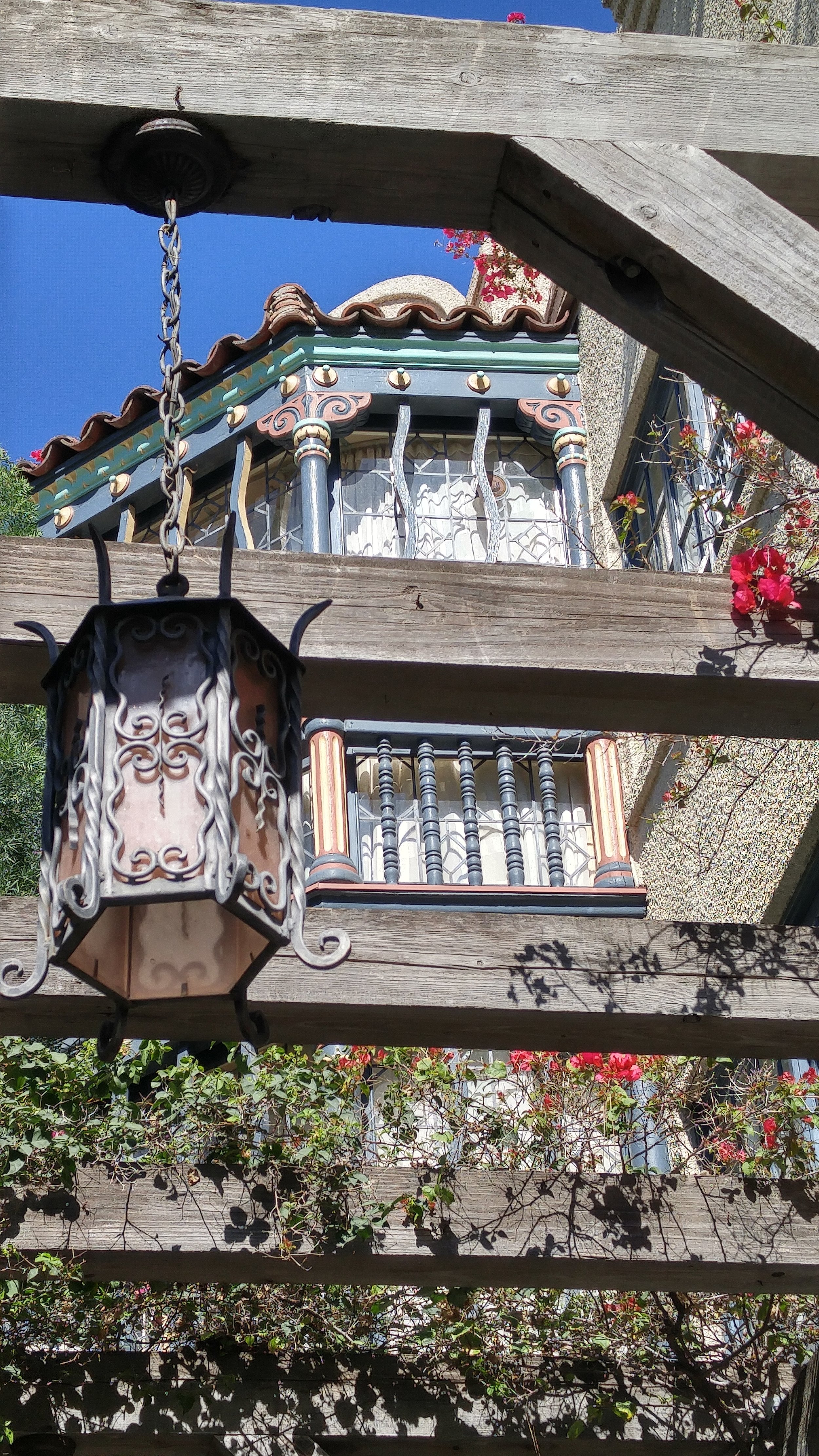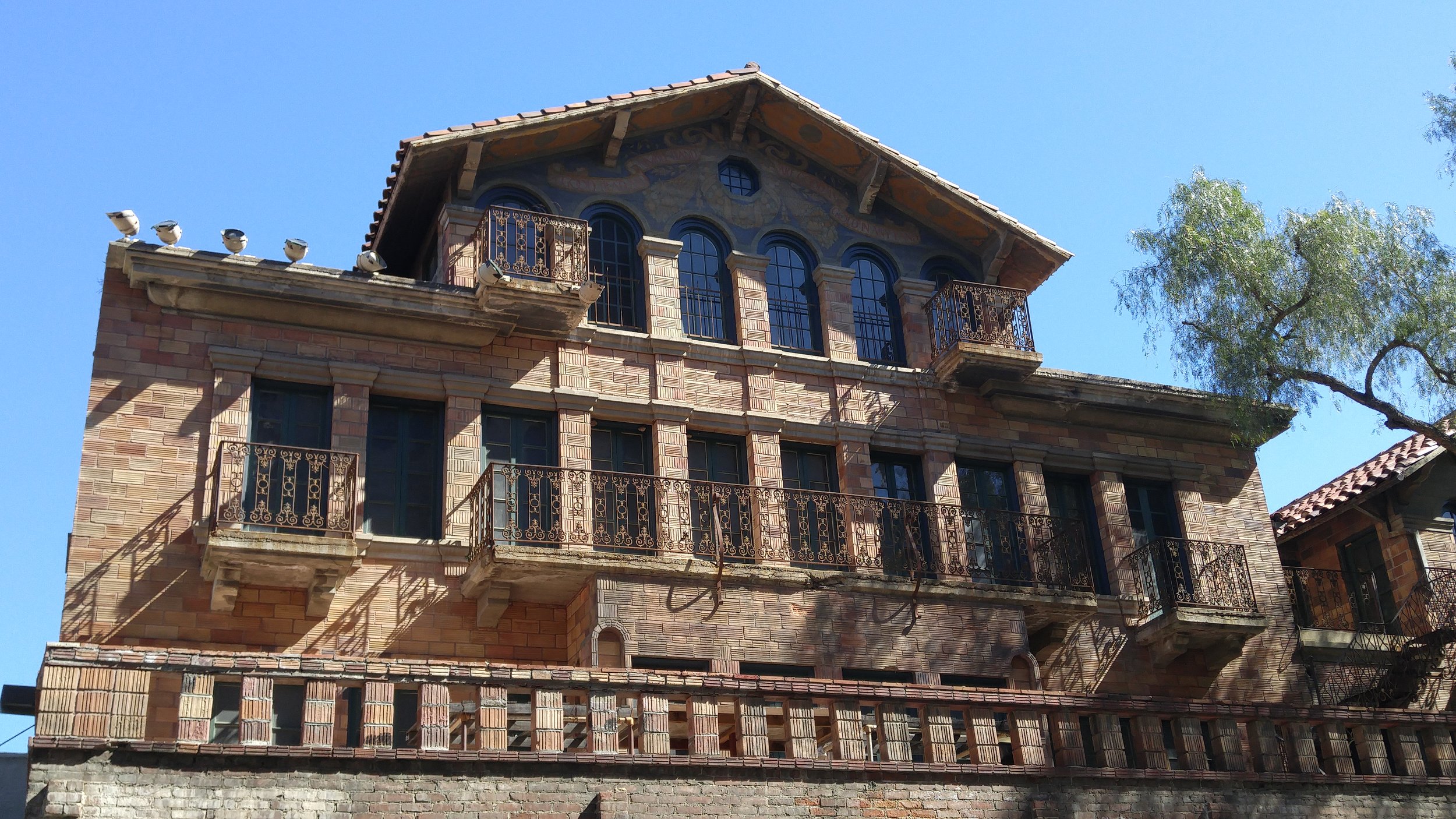A flowing, connected interior—once a fringe experiment of American architectural modernism—has become ubiquitous, and beloved. But it promises a liberation from housework that remains a fantasy. - Ian Bogost, The Atlantic
AIA Dallas presents Local Architectural Heritage: Adapting to an Evolving City →
AIA Dallas issues A Policy Statement on Local Architectural Heritage.
Dallas Landmark Commission seeks public comments
The Dallas Landmark Commission today began a 6 month process of looking for ways to improve the designation process by taking public comments before their regularly scheduled meeting. I saw this as an opportunity to help shape the direction of preservation in Dallas for the near future. Below are the ideas that I presented in person to the Landmark Commission this afternoon.
Thank you Mdme Chair, Ladies and Gentlemen of the Commission.
I would like to preface my comments with an observation. As a preservation architect, I have had very many opportunities to interact with the regulatory side of preservation on the national, state and especially the local level. That experience has led me to the conclusion that the Dallas program is the fairest and most professional in Texas. Today is not the venue to elaborate on those observations, but should be taken as context. I do not consider our program broken in any way, but instead appreciate this opportunity to help the program evolve to meet the needs of an evolving city.
This can be in important step in truly developing a culture of preservation in Dallas. Across much of our city, in both the private and the public sectors, we find ourselves addressing the question of "why would we preserve". Instead, we should seek an environment that begins by asking "why wouldn't we" preserve? Our current program, crafted through the 1970's and 80's, carries a considerable burden to prove out why a building or site should be deemed eligible for Landmark status. I propose that any structure identified for designation that is known to meet a minimum age threshold and perhaps one other readily documented qualification such as architecture or association with a notable person or event, be assumed eligible, and that the burden of documentation be shifted to those who might argue that it is not. The National Register-level documentation that we currently require is an excellent resource, but the effort required to prepare them is considerable and requires research skills that may not be readily available, greatly discouraging applicants and placinig a work load on staff and volunteers that has always been difficult to manage.
Corollary to this, I propose that any building that is already listed on the National Register individually, listed as a contributing structure in a National Register district, or determined likely to be eligible by the SHPO's office be deemed eligible as a Dallas Landmark upon submission of photos or other documentation that confirms substantial historic integrity remains from the time it was so determined.
So much for the easy part.
While it will take time and a lot of input, I believe we need a broader definition of what constitutes historic. I would refer you to recent activities in North Oak Cliff and Deep Ellum, where there is clearly a community character that is widely understood and even cherished. It's a character that is rooted in and reflective of the community history, but not primarily its architectural history. It does not meet the traditional architectural standards for what might be considered an historic district yet is widely considered worthy of some form of preservation. We need a way to help identify and preserve these complex relationships so essential to a vibrant city. The Dallas AIA will, in the next few days, announce the adoption of a policy statement on historic preservation. I was honored to be part of the team that developed this policy and can tell you that it also recognizes and begins to address this need. I look forward to the chance for multiple groups who recognize this need to work together to develop tools to help these communities.
Finally, I do feel it's important to bring up an issue that was revealed to me during the Lakewood Theater's designation effort. The problem lies in the penalty for violations. As currently written, the $2,000/day/violation runs from the beginning of the violation, not from it's discovery or citation. It is possible for a building owner to rack up many millions of dollars in penalties for a violation that was unnoticed and has existed, previously undiscovered for many years. This is not conjecture but has actually happened in other places. The response we have received when noting this has been "We've never done that" or "We wouldn't do that". I doubt any of us would be satisfied with that answer and we shouldn't expect designation applicants to be satisfied either, making this a disincentive to designation for property owners. I would ask that we simply add the language that the penalty starts following a citation and a 30 day cure period.
Thank you
A look back at Preservation in 2017 by the Architects' Newspaper →
An interesting article that I have been sitting on too long.
The Iron Orchard, a movie about west Texas oilmen, features the Settles Hotel
The restored lobby figures prominently in the trailer above.
An overview of historic preservation and the increasing role of historic preservation tax credit incentives →
I was honored to be given the opportunity to share my thoughts on this subject with the remarkable Texas Architect Magazine. In here, I especially try to make the point that historic architecture is accessible architecture, you don't have to live in a large, modern city to experience it. Important historic buildings exist in almost every community and the tools we use in the cities are the same ones available to help restore them in smaller towns.
The 2017 State Fair of Texas starts today!
One of the nation's premier state fairs begins today in one of the nation's most beautiful and historic settings! Fried everything. What's not to like? Welcome back, Big Tex!
Historic Tax Credits: What's the role for them in our current tax reform?
The Federal Historic Tax Credit has proven to be a powerful incentive to keep and restore our important historic buildings, especially in Texas as documented in this report from the National Trust for Historic Preservation issued last year. It has been so effective, in fact, that many states, including Texas, have implemented their own state tax credit programs. In the inevitable chaos and maneuvering associated with great change in Washington, our friends at PlaceEconomics have published the following long list of reasons to keep the tax credits:
What if? Is this Downtown Dallas' most promising redevelopment site?
This is the view out my office window. It is dominated by the Dallas Convention Center. Consequently, I think about the DCC more than maybe I should......
Reading about recent threats to withhold conventions and sporting events from Texas sites in retaliation against bills currently moving through the Texas legislature, I was reminded of concerns that I had heard surrounding the economics of the Dallas Convention Center. Just how much money are those conventions really worth to our city, and how much does the City make off of them? A quick search turned up an article in D Magazine, written 2 years ago by Wylie H Dallas, that addressed this issue specifically: The Convention Center That Ate Dallas. Other concerns notwithstanding, that doesn't appear, at least on the surface, to be much of a threat. The convention center is a pretty substantial drag on the city budget, a drag that is tolerated in the name of a positive economic impact for support businesses in Dallas.
Is that good enough? If the DCC is a loss-leader for a city strapped to pay for basic maintenance, what if we look at it differently? What would the economic impact be if we got out of the big convention business and allowed all that downtown acreage to be redeveloped as for-profit, property tax paying residential, office, commercial and retail use? A pretty blank slate for modern concepts for walkable, sustainable urban streets. After all, it's right next to the proposed high-speed rail station and very close to the hoped-for Trinity River Park. What if we used that, and maybe another highway deck, to stitch the Cedars back into the downtown urban fabric? Ala the I-345 idea.
What if we took some of the current DCC subsidy and used it to fix Fair Park where it could serve as our convention center? That is, after all, essentially what it was built to do and continues to do to this day. The size and types of conventions we would see would be different, but think of how much better their experience might be. (We may have to move fast on that idea, before someone fills up Fair Park with vertical farming or artist lofts or corporate call centers or something.)
I'll be sitting in my office, goofing off, looking out the window and daydreaming differently about the Convention Center from now on.
This headline has to be given the coveted title of Fake News: 'Historic preservation' blocks VA bid to save millions, help more vets
THE 1931 US Post Office and Courthouse Building in Dallas, Texas
Thanks to Place Economics for finding this one. This headline from a story at the Washington Examiner illustrates how tabloid-style "journalism" can creep into seemingly legitimate news feeds and thus utterly distort the reality of working with historic buildings. The story goes on to explain, with little or no detail, how the VA is having difficulty monetizing excess building inventory because of "historic preservation". Given the lack of detail about what is happening, one can only guess about what this refers to. This would only be true if the VA's sole desire is to demolish each and every historic building and market only the land. If that's the case, then God bless historic preservation. What a calloused, lazy approach to real estate that would be. But as for the VA being prohibited from selling or remodeling the buildings - that is utter nonsense. There is a well-established process for transferring public buildings into the private realm. It's known as Section 106.
Been there. Done that. The photograph above is a project where we led the owner and design team through the Section 106 process of selling this 1931 Federal Post Office and Courthouse Building into private ownership (or most of it anyway). It is now a premier, award-winning, multi-family development in downtown Dallas. It even continues to retain the post office. There were challenges for this project, but the Section 106 process wasn't in the top tier. It was more about what you have to do to a Federal building that has been able to ignore local building codes for about 80 years. That's where the brain damage happens.
Scape goats are very convenient and blaming historic preservation for money woes is a tired but still popular approach to finding a back door to getting at something else that building owners actually want.
Dare We Hope?!
According to Robert Wilonsky's report, someone may be about to drop a house on the Wicked Ditch of the East (the Trinity Tollway), leaving only the Good Ditch (an urban park).
Graves' Portland Public Service Building Embroiled in Preservation Controversy
Michael Graves' Portland Public Service Building broke new design ground when it was rolled out in 1982. It rebelled against years of poorly executed Miesian Minimalism by attempting to achieve a new humanist approach to architecture. It was the poster-child of Post Modern Architecture.
My, how time flies. The building and its designer were so clearly revolutionary that it achieved individual listing in the National Register of Historic Places only 29 years after it's completion (50 years is the norm). Now is is embroiled in another revolution, an effort to update it in the name of historic preservation, but using an approach and techniques that bear little or no resemblance to modern preservation practice. The building owners, the City of Portland, and their local design team are gung ho for the new approach. Everyone else, especially representatives of the best known historic preservation organizations, er, not so much. The latest salvo in this battle comes from DOCOMOMO. You can read about it at this link
Happy Independence Day!
Have a great day and let's be careful out there!
The Battle of San Jacinto
Fought this date, 1836.
Important Changes in the 2015 International Energy Conservation Code Impact Historic Buildings
Norman Alston, AIA explaining changes in the State Energy Code requirements at Preservation Texas' recent Preservation Summit in Waco.
With one very notable exception, the model energy codes used by the State of Texas included a provision that exempted historic buildings from compliance with that code. No longer. The State of Texas has adopted the 2015 International Energy Conservation Code as the state-wide energy code and it includes an important new provision for historic buildings.
In a nutshell, historic buildings shall now comply. The critical qualification to that compliance, one that I think makes these new requirements fair and workable, is found in Section 1201.2. In it, a provision is made for a design professional or a historic preservation official having jurisdiction (SHPO, or local preservation officer) to prepare a report detailing how compliance with any provisions of the code would damage the historic integrity of the building. In such instances of damage, the building would be exempted from compliance with that requirement. I find this to be a very reasonable requirement, one that requires that renovations and restorations make what improvements they can while protecting historic fabric.
The actual text of the code reads as follows. Always check for local changes/amendments.
HISTORIC BUILDING:
Buildings that are listed in or eligible for listing in the National Register of Historic Places, or designated as historic under an appropriate state or local law.
N1107.6 (R501.6) Historic buildings: No provision of this chapter relating to the construction, repair, alteration, restoration and movement of structures, and change of occupancy shall be mandatory for historic buildings provided a report has been submitted to the code official and signed by the owner, a registered design professional, or a representative of the State Historic Preservation Office or the historic preservation authority having jurisdiction, demonstrating that compliance with that provision would threaten, degrade or destroy the historic form, fabric or function of the building.
Texas House Bill HB3418 Threatens Historic Landmark Programs Across Texas
At Tuesday's Urban Affairs Committee meeting, the Texas Legislature will consider a new bill that would fundamentally change the way local historic designations are created and administered across the state. In keeping with this session's theme of restricting local control, this bill would require language to be added to every new historic designation in the state and do much to make new historic districts harder to create and and administer. Under the bill:
Historic designations associated with an historic event, that event "must be widely recognized" as an historic event. No suggestion about how you define "widely recognized".
Historic designation based on association with a person, that person must have lived there. So apparently no commercial or institutional buildings primarily associated with famous business men, doctors, lawyers, teachers, etc. can be designated.
Votes for designation by plan commissions and city councils must be approved with 3/4 affirmative vote. It was much easier to get a Supreme Court Justice approved BEFORE last week's rules change.
Applications for revisions to or removal of designated historic properties must be acted on by the municipality within 30 days.
Many preservation-centric organizations are aligning to campaign against this bill. Hopefully, it is enough.
Alamo Master Plan to be Revealed at Public Meetings
Billed as "The Big Reveal", the Alamo Master Planning Team will take the wraps off of their work in two upcoming public meetings:
Tuesday, April 11, 2017 at 6:00 pm
Tuesday, April 18, 2017 at 6:00 pm
Both meetings will be held at the Henry B. Gonzalez Convention Center in San Antonio. More conveniently, the meeting will be live streamed on the ReImagine the Alamo Facebook page at https://www.facebook.com/ReimagineTheAlamo/
The Mission Inn, Riverside, California
Over Spring Break we had the opportunity to visit The Mission Inn in Riverside, California. The earliest parts were built about 1900 and it has been added to and renovated multiple times over the decades. An unusual historic building with an interesting story.
Six Practical Reasons to Save Old Buildings (Even if you don't think they look good today)
Jane Jacobs, author of The Death and Life of Great American Cities
I wanted to post this article from the National Trust for Historic Preservation in honor of the Crossman Block, a row of early 1900's commercial buildings in downtown Garland that have defined the east side of the city square since their construction. On March 21, the Garland City Council voted 7-1 to demolish the buildings in favor of more downtown open space. With that decision goes the $428,500 paid to purchase the building 3 years ago, the $88,000 cost for demolition and disposal, and about $517,000 in possible historic tax credits. All into the landfill. About $1 million total value with more than half in taxpayer cash.
About 1910. Like many downtown historic buildings across the country, poorly conceived modifications have removed much of the architectural character of the facade. It just doesn't look this good anymore. But the remainder of the original buildings are still there and historic integrity, like beauty, is more than just skin deep.
Norman Alston Architects moves to Renaissance Tower
Renaissance Tower. New home to Norman Alston Architects
Over the past 5 years it has been a joy to office in the historic US Post Office and Courthouse Building in Downtown Dallas. One of our most important restoration projects, it was wonderful to experienced those historic details and spaces on a daily basis. For a variety of really good reasons, however, a change was clearly in order. We are pleased to announce that we have occupied new offices on the 49th floor of the venerable Renaissance Tower, two blocks west of the US Post Office and Courthouse Building. What the building lacks in historic detail is at least partially offset by 49th floor views of this beautiful city. Used as the home of Ewing Oil in the old Dallas television series, we are keeping our eyes open for the ghost of JR.
Our address has changed and a change in the phone system has also brought us a new fax number.
Norman Alston Architects
1201 Elm Street, Suite 4920, Dallas, Texas 75270
214 826-5466 voice
972 584-9013 fax
norman.alston@alstonarchitects.com











